Student news organizations have long experienced various forms of censorship.
Abstract
This qualitative pilot study (N=46) examines articles on college newspaper websites to explore how student news organizations cover issues of press freedom and censorship. The researchers used a grounded theory approach to explore common themes of coverage and potential differences between private and public institutions’ approach to such topics. The findings indicate there are four broad areas of interest: explanation of the role of journalism, industry challenges, censorship, and college-specific issues of press freedom and speech. This pilot study will serve to inform a larger content analysis.
Introduction
According to the Student Press Law Center, censorship is “any restrictions on your publication’s coverage or operations by anyone who works for the school or is acting on behalf of the school (like student government officials)” (Dean 2021, para. 1). Outright acts of censorship can be seen, for example, when in 2013, The Fauman at Florida A&M University was “suspended from publishing, its adviser removed and its staff told they must reapply for their positions” (Gregory 2013). In a case study of different college newsrooms, it was found that “that administrators who engage in censorship appear to do so when the newspaper publishes unflattering coverage of the university” (Matlock 2021, 97). Continue reading “RESEARCH: Student media coverage of censorship and press freedom”
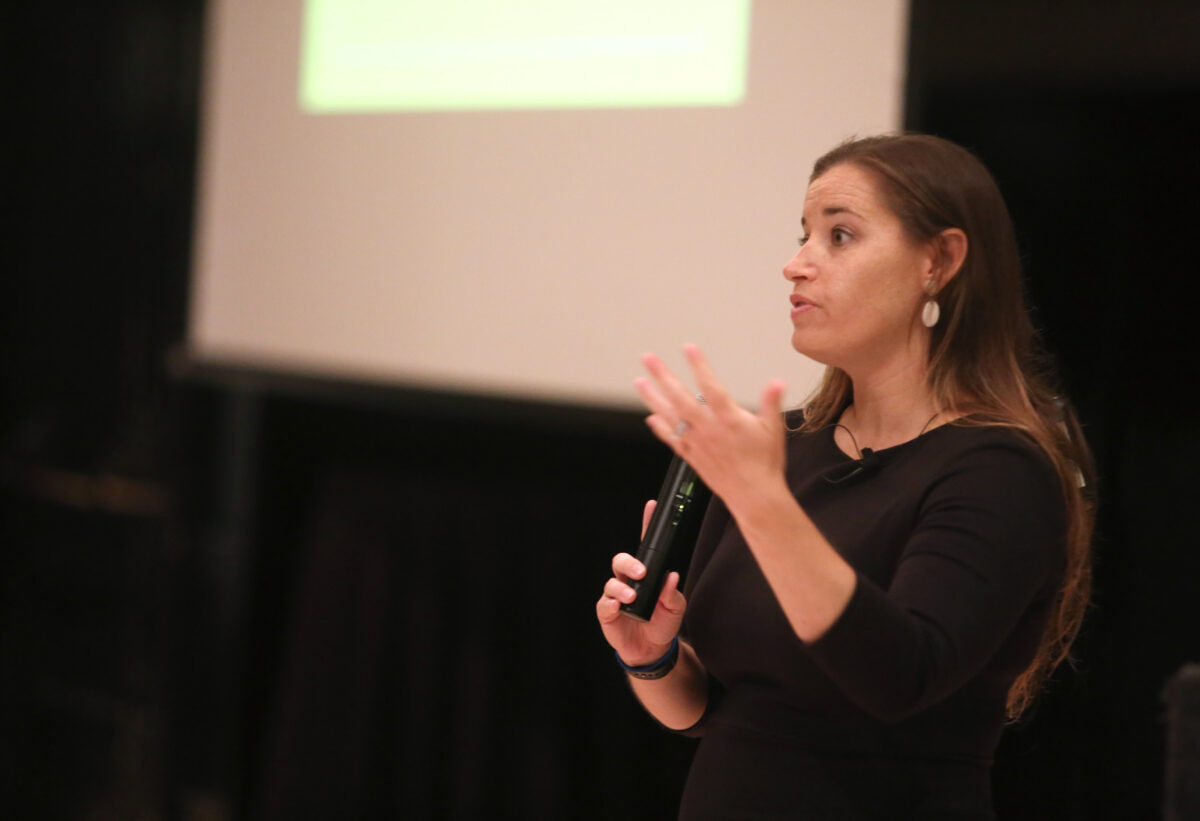
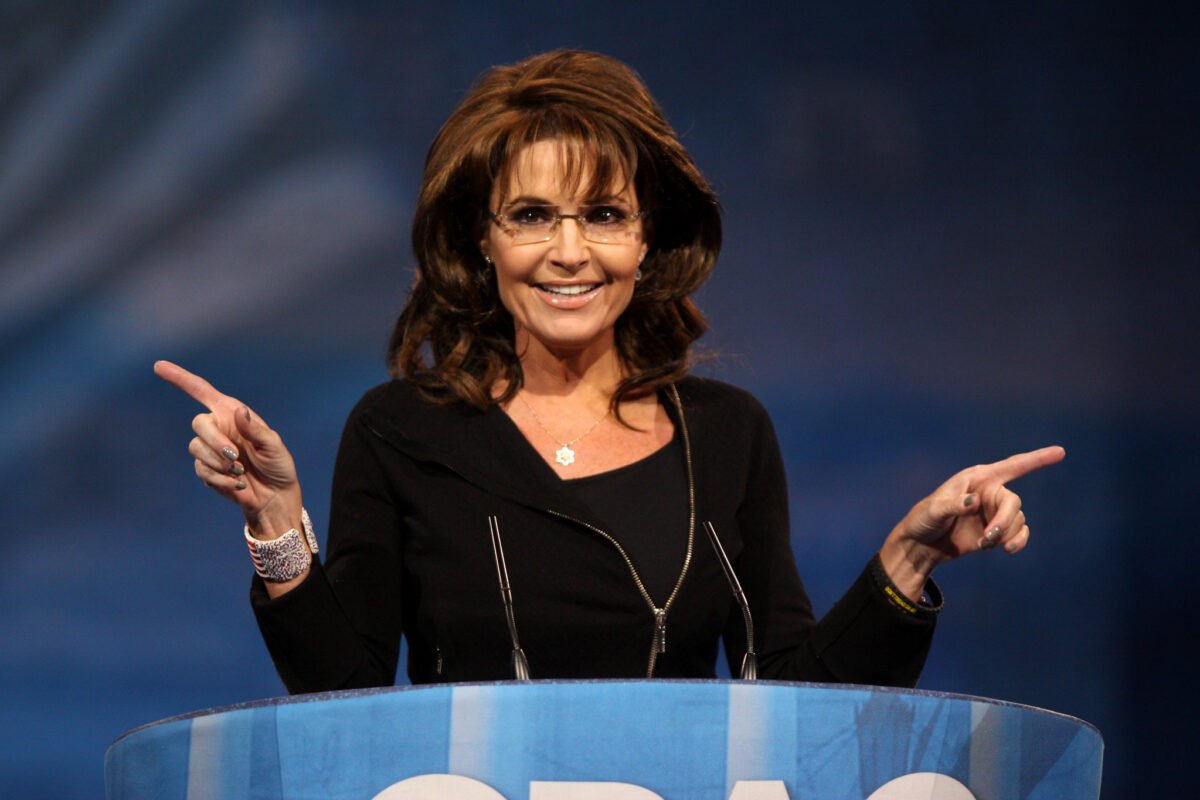
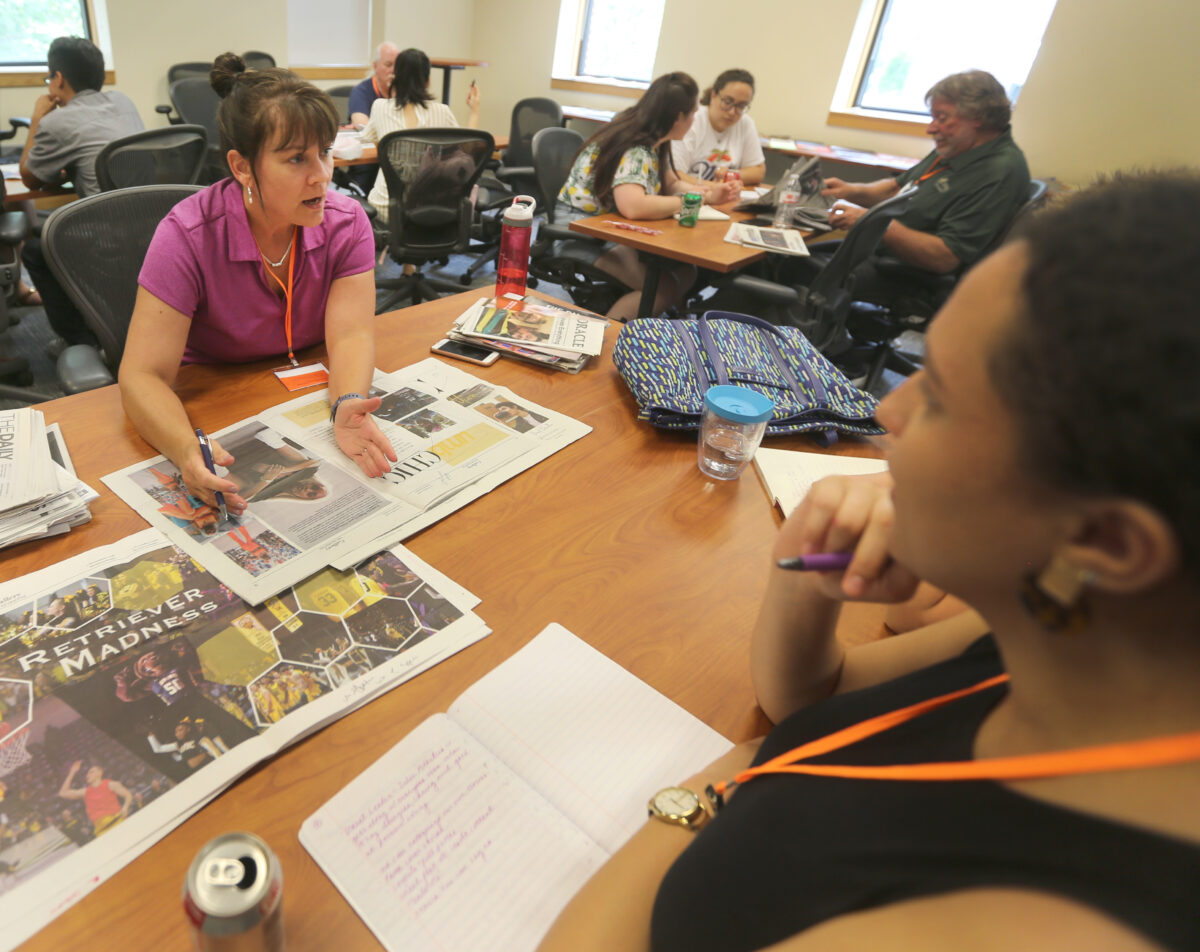


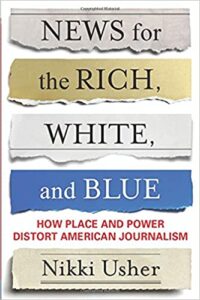 “Journalism anchors American democracy by connecting people to the places they live,” Usher writes, “providing them with critical news and information as well as a sense of cultural rootedness and belonging.” If journalists are not covering the day-to-day meetings and events that impact our lives, are we getting what we need to be an “active and engaged citizenry,” college students and adults alike? We are not, Usher forcefully argues. She shares with her readers studies reflecting the underlying premise that without local news, the public cannot make informed decisions
“Journalism anchors American democracy by connecting people to the places they live,” Usher writes, “providing them with critical news and information as well as a sense of cultural rootedness and belonging.” If journalists are not covering the day-to-day meetings and events that impact our lives, are we getting what we need to be an “active and engaged citizenry,” college students and adults alike? We are not, Usher forcefully argues. She shares with her readers studies reflecting the underlying premise that without local news, the public cannot make informed decisions 
 Abstract: This research updates and explores the role and jobs of college newsroom advisers, the context of their work, and the newsrooms they advise. Using a survey (N=332) of student media advisers, the data provide important understandings for college journalism issues that have emerged, or re-emerged, in the past year: COVID-19, diversity, and prior review. Responses show, despite campus closures and some declining advertising revenues, COVID-19 did not halt the work of the vast majority of college newsrooms. On the contrary, data from this survey combined with national trends point to the growing importance of college news media across the nation. As local news outlets decrease, college newsrooms are filling the void. Open-ended responses revealed anxieties among advisers about how the pandemic would affect newsrooms in the coming academic years, especially regarding budgets and advertising revenue. For the first time, this research collected information on race/ethnicity. Participants were mostly white, although community colleges had the largest group of advisers of color. Responses reveal that 87% of advisers report that they do not edit newsroom content, although responses raise questions about the role that faculty-guided class work plays in newsrooms and how advisers define prior review. Compared to past research, adviser salaries have increased in the past five years and 62% of advisers hold either a faculty or staff title. Overall, salaries have increased 12% among advisers since 2014.
Abstract: This research updates and explores the role and jobs of college newsroom advisers, the context of their work, and the newsrooms they advise. Using a survey (N=332) of student media advisers, the data provide important understandings for college journalism issues that have emerged, or re-emerged, in the past year: COVID-19, diversity, and prior review. Responses show, despite campus closures and some declining advertising revenues, COVID-19 did not halt the work of the vast majority of college newsrooms. On the contrary, data from this survey combined with national trends point to the growing importance of college news media across the nation. As local news outlets decrease, college newsrooms are filling the void. Open-ended responses revealed anxieties among advisers about how the pandemic would affect newsrooms in the coming academic years, especially regarding budgets and advertising revenue. For the first time, this research collected information on race/ethnicity. Participants were mostly white, although community colleges had the largest group of advisers of color. Responses reveal that 87% of advisers report that they do not edit newsroom content, although responses raise questions about the role that faculty-guided class work plays in newsrooms and how advisers define prior review. Compared to past research, adviser salaries have increased in the past five years and 62% of advisers hold either a faculty or staff title. Overall, salaries have increased 12% among advisers since 2014.

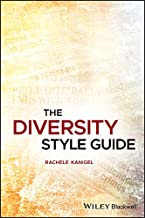 While editing the website, Rachele Kanigel, Professor and Chair of the journalism department at San Francisco State University, realized that “there were a lot of issues and context that needed further exploration, and that a book would be a better format for that information.” The result was the book version of “The Diversity Style Guide,” a highly useful and usable tool for students, professors and professional journalists alike. Although published in 2019, what better time to explore this book than now?
While editing the website, Rachele Kanigel, Professor and Chair of the journalism department at San Francisco State University, realized that “there were a lot of issues and context that needed further exploration, and that a book would be a better format for that information.” The result was the book version of “The Diversity Style Guide,” a highly useful and usable tool for students, professors and professional journalists alike. Although published in 2019, what better time to explore this book than now? 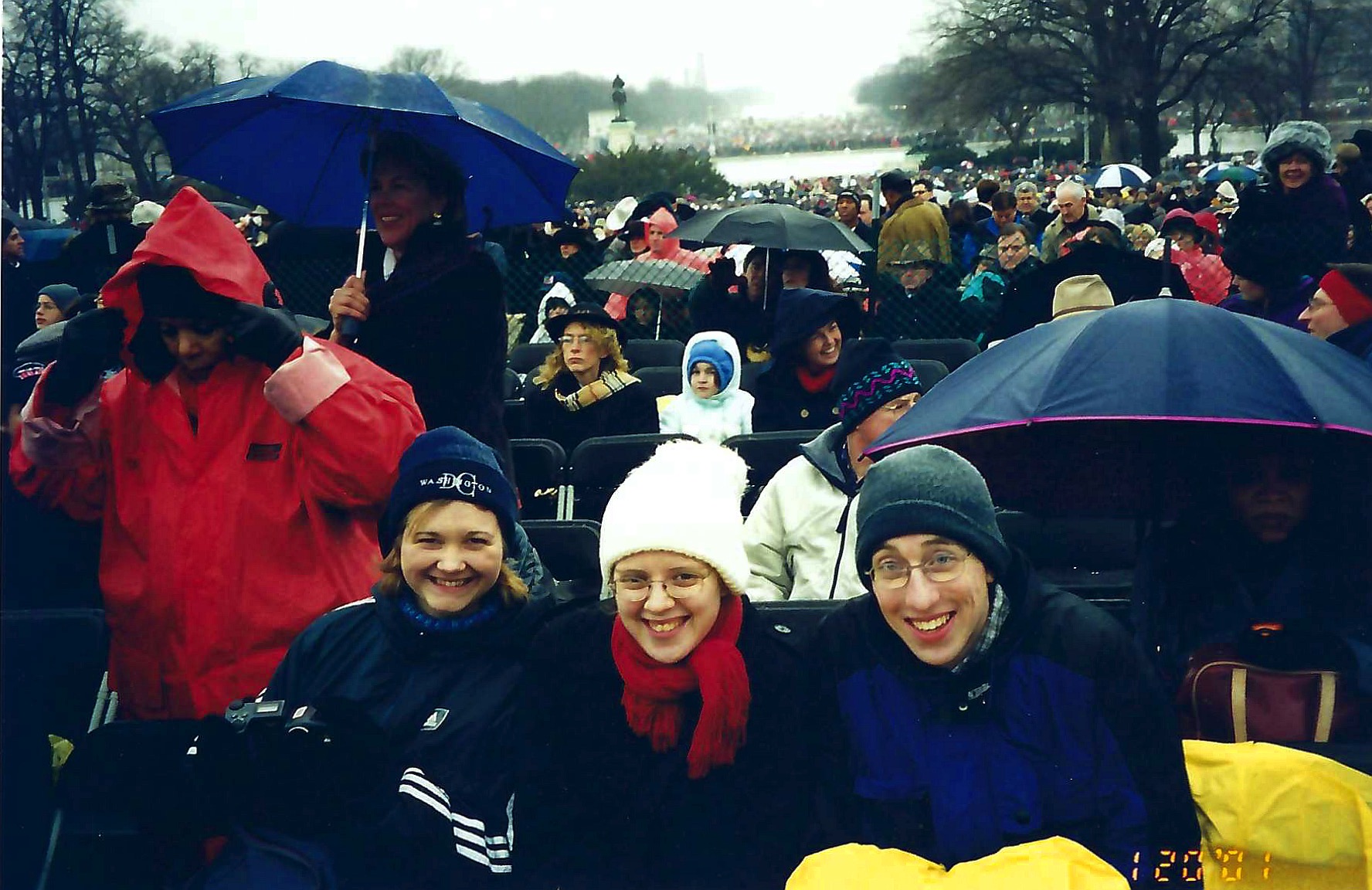
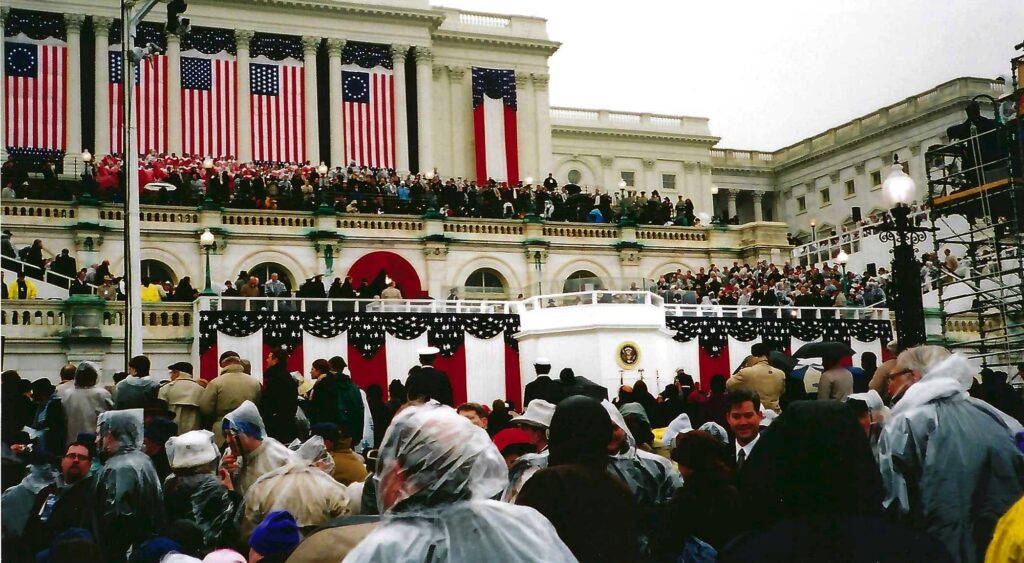
 Finding news in new places during an isolating time
Finding news in new places during an isolating time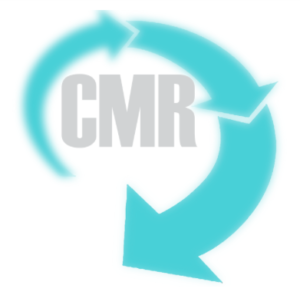 In the old pre-pandemic days, I relied on our campus for beat ideas. I stood in the classroom and talked about the importance of covering the Student Government Association, for example— “follow the money,” I’d say passionately into faces that usually showed no reaction. But that was okay because then I could take them on a forced field trip, down three flights of stairs to the Student Life Office, where they met Kathy, the woman who gave them the agenda and minutes for the next SGA meeting, the woman who provided contacts to campus clubs, and the woman who supplied background and details about upcoming events.
In the old pre-pandemic days, I relied on our campus for beat ideas. I stood in the classroom and talked about the importance of covering the Student Government Association, for example— “follow the money,” I’d say passionately into faces that usually showed no reaction. But that was okay because then I could take them on a forced field trip, down three flights of stairs to the Student Life Office, where they met Kathy, the woman who gave them the agenda and minutes for the next SGA meeting, the woman who provided contacts to campus clubs, and the woman who supplied background and details about upcoming events.